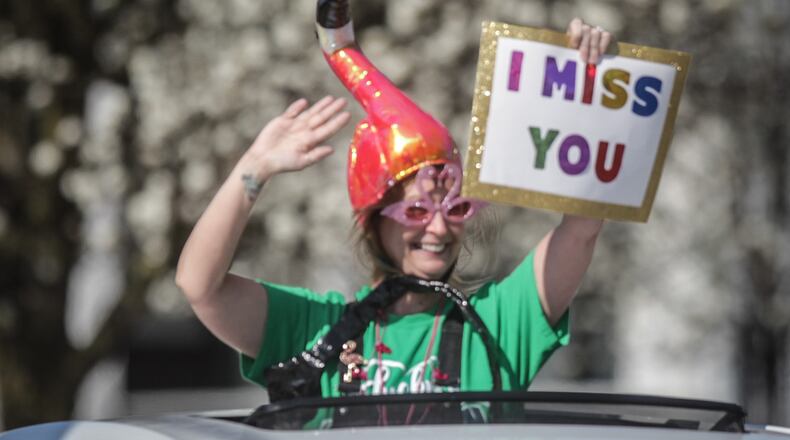At this point, I have listened to six national webinars on reopening schools, including a fascinating one today by the National Academies of Sciences, Engineering, and Medicine, which is conducting a study to provide states and districts with guidance about whether and how to safely reopen schools in the 2020-2021 school year.
Today’s meeting featured experts on child development, digital learning, multisystem inflammatory syndrome in children, facility hygiene, and school and district level challenges.
From all the seminars and all the experts, a few themes emerge. Among them: state and federal governments regard the resumption of school as a vital component to reviving the economy since parents need to go back to work.
In one form or another, kids will go back to school. It may be every other day. It may be half day every day. It may be a blend of face-to-face classes and digital learning, especially for older students. But school buildings will reopen, and most students will spend some part of their week in them.
There is also consensus that the social-emotional development and well-being of America’s children would suffer if schools remain shuttered. Addressing the National Academies today, researcher Karen Bierman said, while the focus has been on cognitive losses from lockdowns, schools also play a key role in young children’s social and emotional development.
Schools help children develop a capacity to get along with other people, make friends, cooperate, negotiate and collaborate. School is where children learn to organize themselves with peers and function as a team, said Bierman, a distinguished professor of child-clinical psychology and director of the Child Study Center at Penn State University.
Here are other general themes on which there seems to be agreement:
The reopening of schools will be led by local leaders, communities and conditions. It will not look the same everywhere. Districts with few cases of COVID-19 may have less restrictions and less concern from parents and teachers than metro Atlanta or Dougherty County, which experienced one of the worst outbreaks in the country.
While reopenings may not look the same around the country, they will all be hampered by state budget cuts that could range from 10% to 30%. Those drastic cuts will impede many recommendations, including increased sanitation and cleaning as it would require a tripling of custodial staffs in schools to follow the high standards of hospitals.
Schools ought to brace and plan for teacher shortages as older teachers may opt not to return. About 18% to 20% of teachers fall into the vulnerable age categories. The question is whether those at-risk teachers will don masks and return to their classrooms or retire.
The debate over whether online classes can effectively replace in-person classes is moot. In many cases, districts will simply not have the choice. Energy now has to go to improving online delivery, which is more likely to continue in middle and high schools classes. While the best technology during the COVID quarter was generally what schools and teachers already knew how to use, there are expectations now that educators will deepen their online instructional capabilities. (Although my own queries show summer training options for teachers vary by district in Georgia.)
Your views?
About the Author
The Latest
Featured



